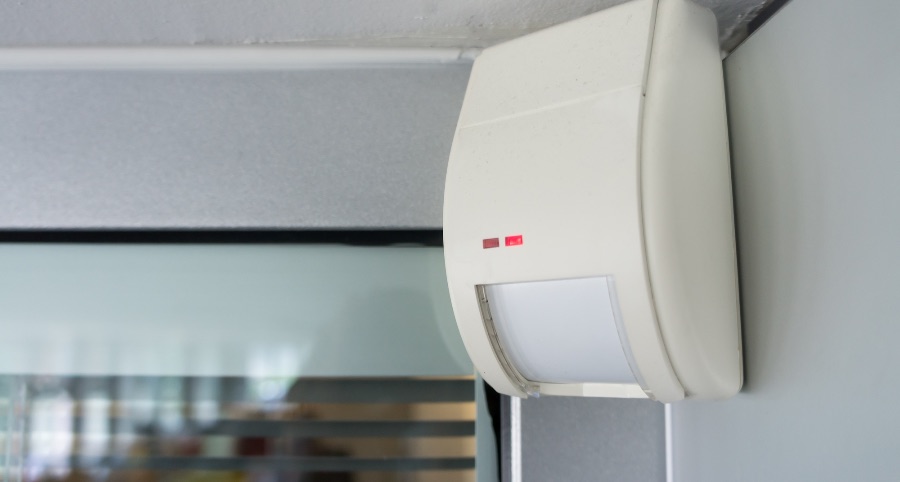How Do Motion Detectors Work In Lima?

You most likely have a pretty good grasp of what motion detectors do merely based on their title. Of course, they detect activity, but how exactly do they work? Take a moment to discover the technology that drives them and the different sorts of devices you might come across. You’ll gain a clearer understanding of how they work and how you are able to blend them into your contemporary smart home.
What is the technology behind motion detectors?
Identifying activity can be performed in several distinct ways, but motion detectors are generally classified into either of these categories - active or passive.
● Active motion detectors: These devices are viewed as active, as they constantly broadcast signals like microwaves and then assess the rate of response. Activity is indicated when the time of response changes. While microwave sensors are most prevalent, you’ll also find active motion detectors that use infrared light or sound waves.
● Passive infrared (PIR) motion detectors: Frequently seen within home security applications, PIR motion detectors perform by discovering changes in the surrounding temperature. Basically, the component notes what the usual temperature ought to be within a given area. If there are abrupt heat surges, like a trespasser creeping through the space, the sensor observes it and activates your warning. Since they don’t continuously transmit signals, passive detectors generally use less power and are less expensive to operate.
Besides active and passive, you may come across hybrid motion sensors that utilize more than one technology. These can help minimize false alarms, as every sensor must be tripped before the warning siren goes off. Additional alternatives include vibration motion detectors and tomographic sensors that are typically employed in larger commercial or industrial buildings.
Ways to incorporate Lima motion detectors
The primary aim of motion detectors is to identify movement within a specified area, generally up to 50 feet away. You’ll usually find them integrated into outdoor floodlights or as freestanding devices inside your property. When movement is noticed, they’ll initiate your alarm system and inform your 24/7 monitoring team.
But modern motion detectors are more functional than they’ve been in the past. In fact, they are able to communicate directly with other smart equipment. For example, if activity is noticed, they might trigger your smart bulbs to activate or your surveillance camera to start recording. They might even alert your smart thermostat to modify the temperature.
Get automatic notifications and alter settings for pets
Another significant advantage of modern motion detectors is that you’ll get automatic updates dispatched to your smartphone whenever the device is activated. If you own house pets, you can even prevent false alarms by tailoring settings to take into account the size of your four-legged companions.
Customize Your Vivint Smart Home With Motion Detectors in Lima
Now that you have a greater understanding of how motion detectors work in Lima, it’s time to include them into your fully integrated smart home. Vivint’s motion detectors watch over large areas, give you wide-angle capability, and last for years without requiring a change of battery. They’ll also work in harmony with your other home automation devices. Are you excited to start? Contact (419) 614-6227 to converse with a knowledgeable Vivint team member today.
